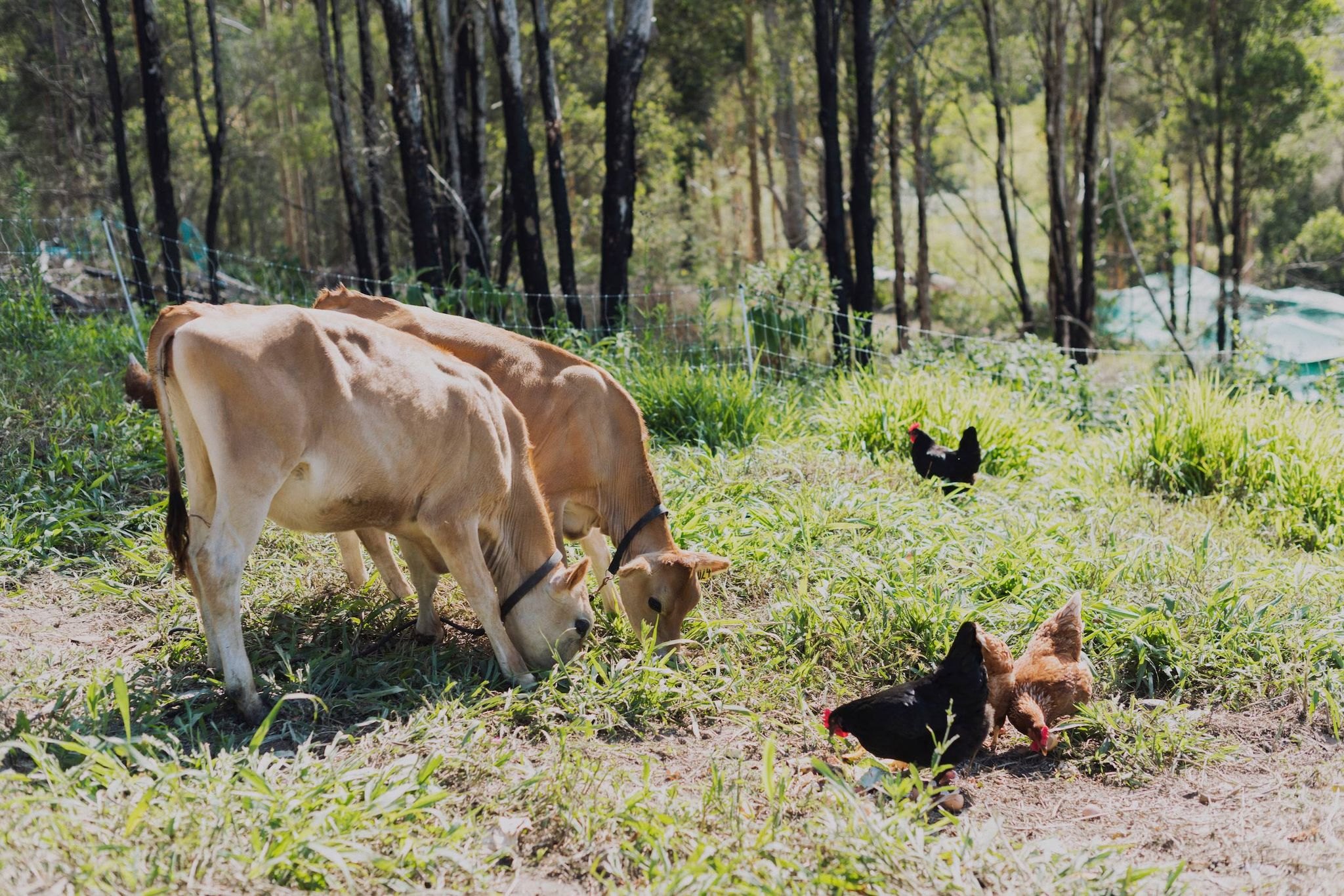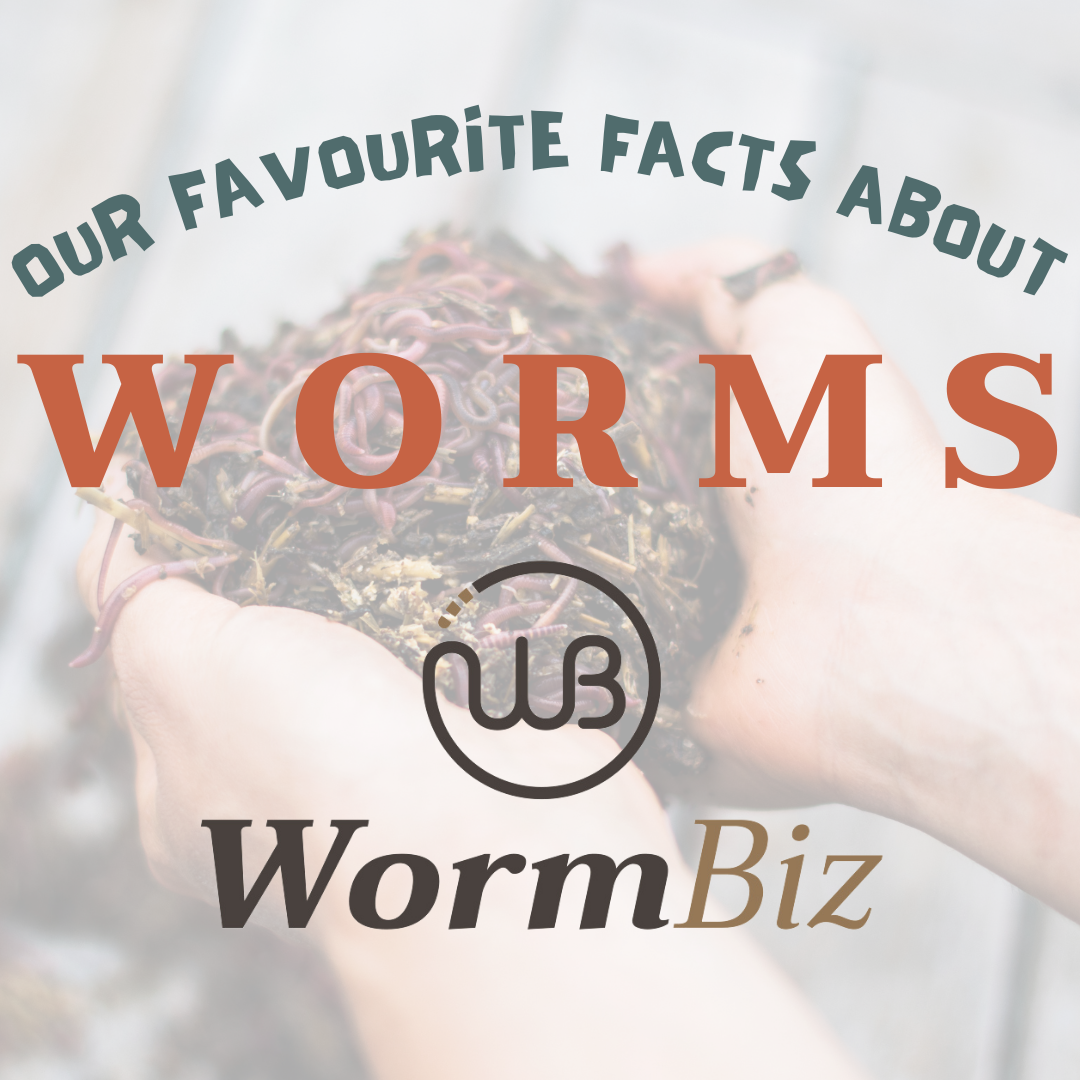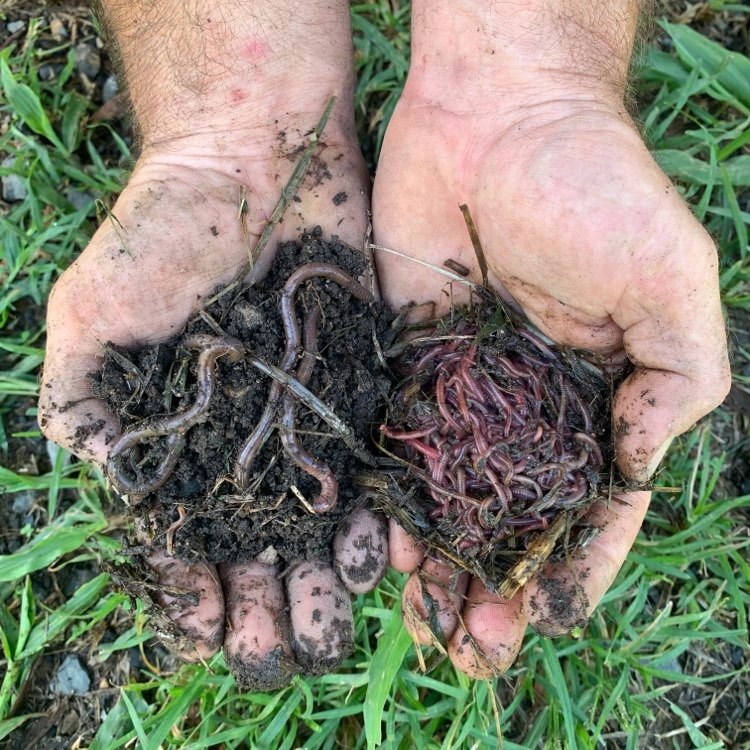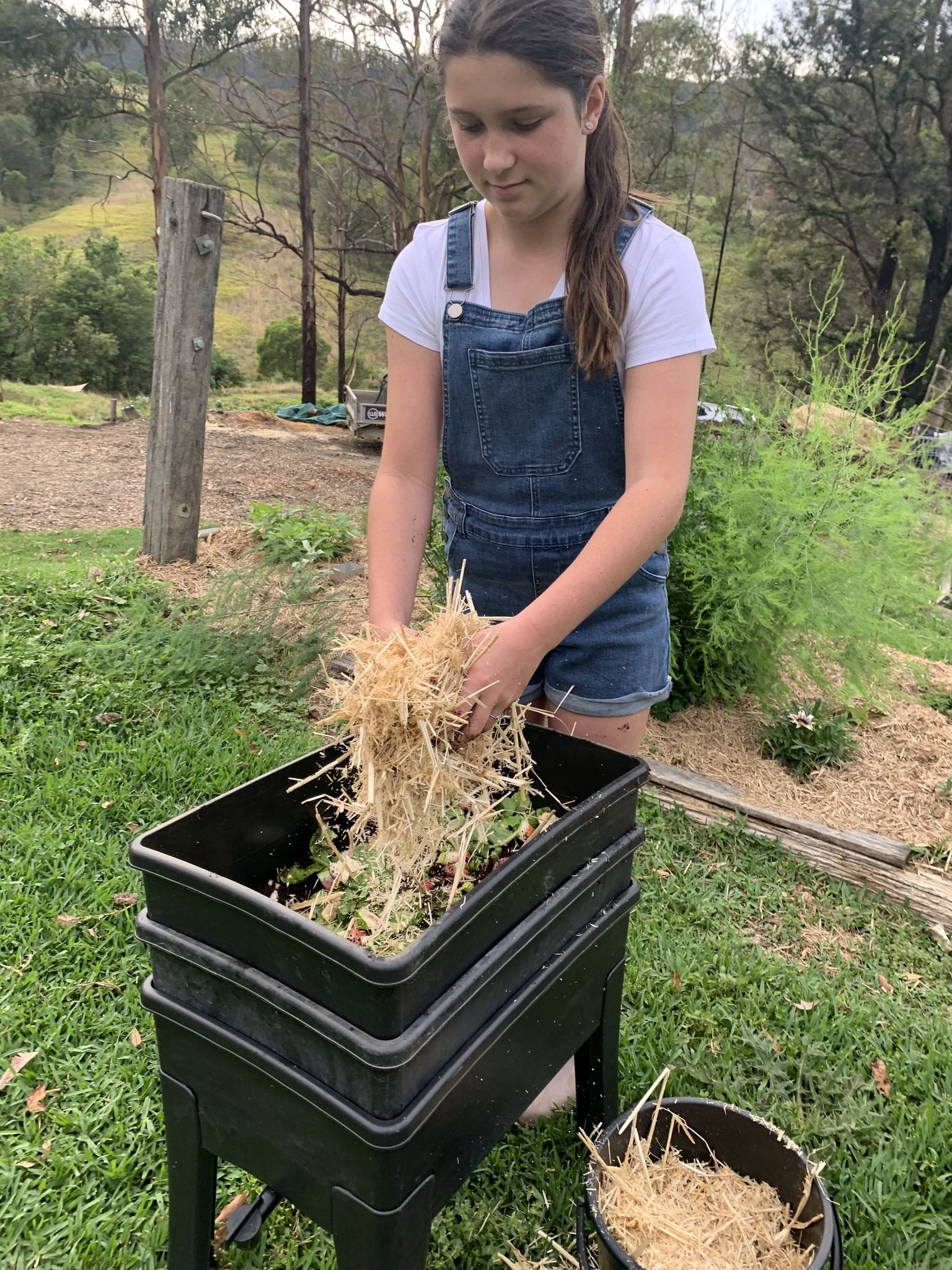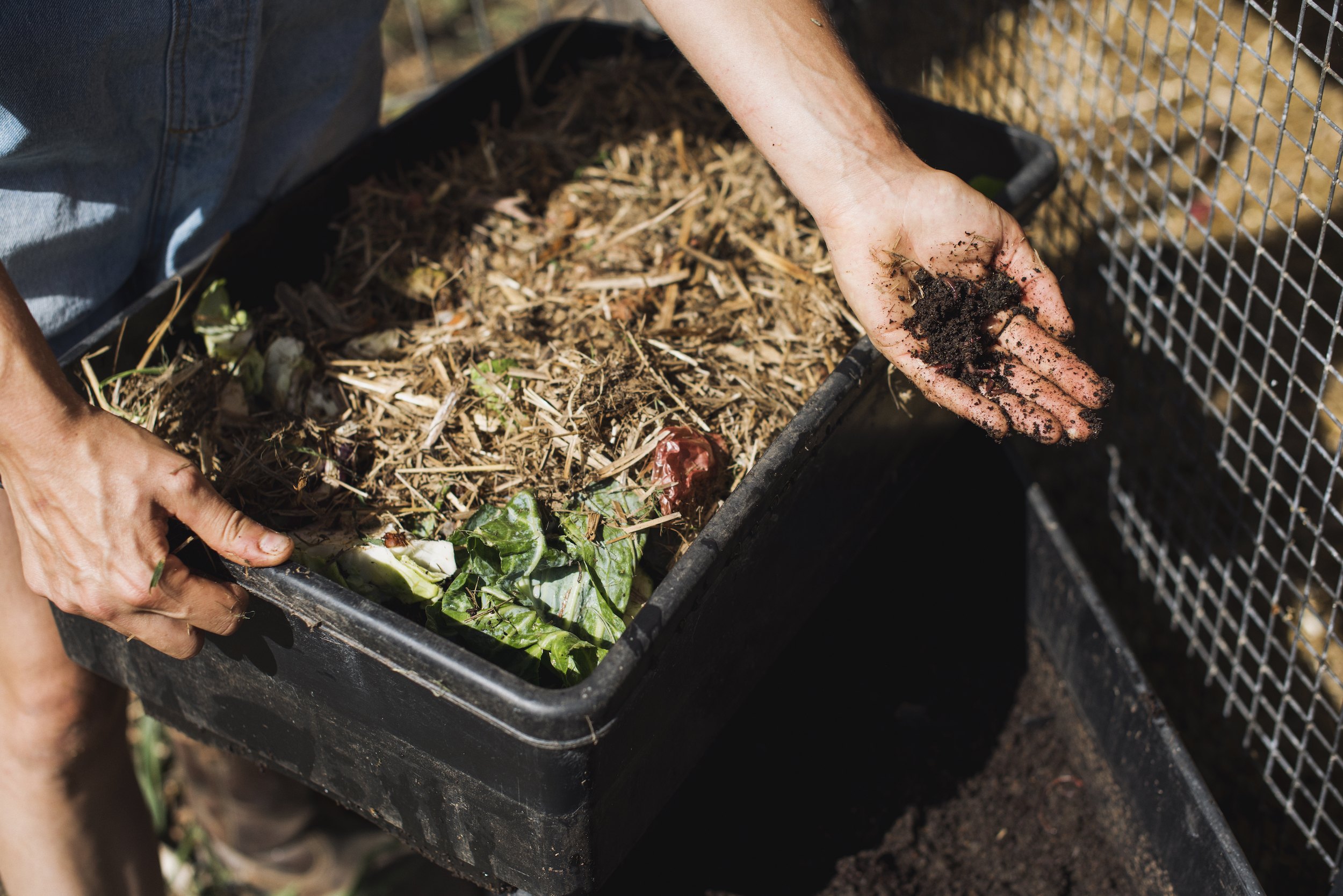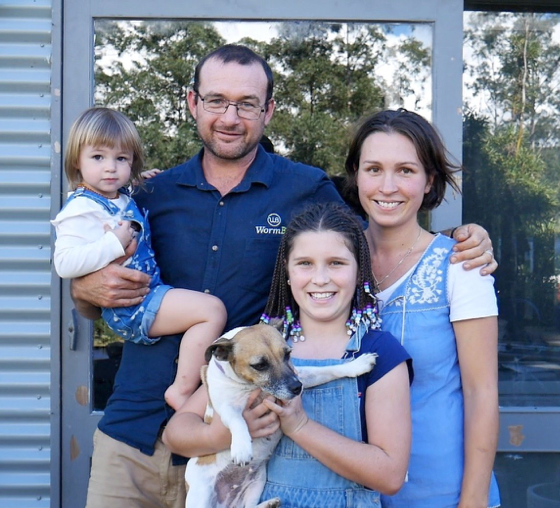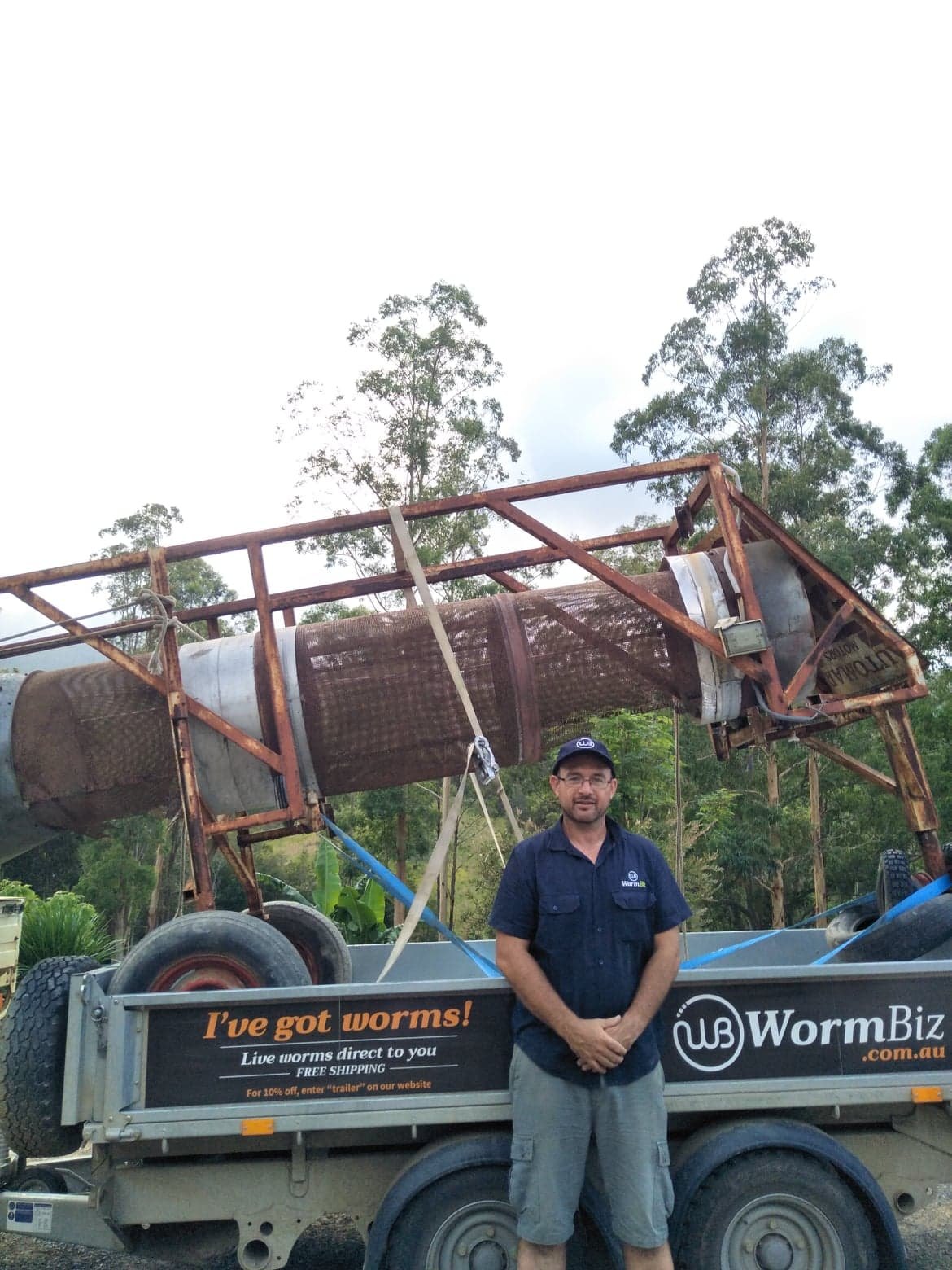WHAT TO FEED THE WORMS? Your questions answered
Posted on June 6, 2021 by WormBiz
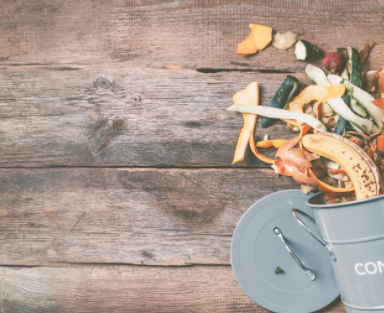 What to feed your worms? What not to feed your worms?
What to feed your worms? What not to feed your worms?
How much can they eat?
These questions haunt all new worm farmers. Fear not, here is all you need to know when feeding your worms so they produce large amounts of worm castings. More castings helps you to grow bigger, healthier organic food at home!
What are the best foods to feed my worms?
Worms don’t actually ‘eat’ food scraps but instead feed on the bacteria and fungi that covers food waste and other organic matter to break it down. The decomposition process occurs at different rates depending on the food source.
Fruit and vegetable scraps – work well; ideally cut them up small, so they break down faster.
Cereals, grains and carbohydrates – work well, either cooked or uncooked.
Manures and compost – organic materials such as cow and horse manure and compost already contain large amounts of organisms so the worms can process more, faster. However, be careful not to feed your worms manure from animals that have received deworming treatment in the two weeks prior to manure collection.
What foods do worms not like?
There are some types of foods that worms don’t enjoy as much and can take much longer to break down, becoming problematic in your worm farm. They can become smelly and could encourage unwanted visitors such as blow-flies or vermin and put the farm out of balance. If you farm does turn ‘sour’ remove all food, and mix up the remaining material in the tray with your gloved hands. It can also be helpful to apply a sprinkle of lime or worm farm conditioner. Recommence feeding with more suitable materials.
Onion – Onion is on the bottom of the worms ‘favourite food’ list. Small amounts are OK, but too much can turn a worm farm acidic and unbalanced. Therefore it is best to avoid.
Citrus – Takes a long while to break down and worms find it difficult to process. Citus is best in the compost or dry peel and use for tinder.
Dairy – It is possible to feed a worm farm small amounts of dairy, however it works best diluted with water. For example, yogurt diluted with water and poured over worm material. This helps disperse the high protein and fat evenly so the worms can eat it before it has a chance to turn off.
Meat – It is possible to process a very small amount meat in a worm farm, however it does take time to break down and you would need to bury it deep under the soil in the trays to discourage blow flies and ultimately maggots… eww! For these reasons it is probably best to avoid altogether.
How much can worms eat?
The generic answer is worms can eat up to half their own body weight every day although this depends on the type of food they are eating and how often are they being fed. You will learn how much they can eat as you become familiar with your farm. Checking on your worms every couple of days when starting out is the fastest way to learn what your worms do and don’t like. It will take several weeks for your worms to establish themselves in their new environment and process waste to their full potential. It is always a great sign when you see a bunch of worms balling up or congregating around the food source.
How much should I feed my worms?
When starting out a worm farm, about 250 grams or two handfuls of chopped food scraps every couple of days is recommended. It is a good habit to sprinkle a small amount of compost, soil or straw after each deposit. As your worm population grows, the amount of food you can feed also increases. A worm farm working at full capacity with high numbers should be expected to process 2-4 kgs of food waste every week.
How can I help the worms eat more?
Chopping the food scraps into small pieces and spreading it evenly over the surface instead of dumping it in a large heap, and keeping the farm moist but not too soggy makes for the ideal environment. A worm blanket is also helpful as it creates a darker environment to encourage the worms to come to the surface and feed. This could be made out of a moist thick piece of cardboard cut to size or a some hessian material such as an old potato sack. Giving the worms more area to feed in is another great way to process more waste; you can do this by simply adding a second feeding tray or having additional worm farms. Alternatively, you could also use an in ground worm farm to supplement your primary worm farm. There are a variety of different ways you can extend your worm farming success and process more waste material. Why not try up-sizing your farm to a DIY bathtub?
What happens if I over feed my worms?
Your worm farm could become smelly and you might find evidence of fly larvae (maggots). Some foods are high in energy and when breaking down release that energy in the form of heat through a relationship with bacteria. As the populations grow, more energy is consumed, resulting in a bi-product, heat. When food is clumped together and is not spread in a light even pattern then worms have problems eating so much food before the heat sets in and then worms can’t eat it. Once the temperature exceeds 35°C worms are in survival mode and often leave the area where the food and heat is. During winter this can be an advantage, as the increased temperatures suit the colder conditions. If there is to much food, remove excess and mix up the material in the tray. Add some moisture and straw material.
How do I manage the lime and pH levels?
Feeding food scraps to the worms causes the pH to lower. An unbalanced farm can become smelly and icky for you and the worms. This can be managed by adding carbon in the form of leaves and mulch or by adding a sprinkle of lime or conditioner when feeding your worms.

